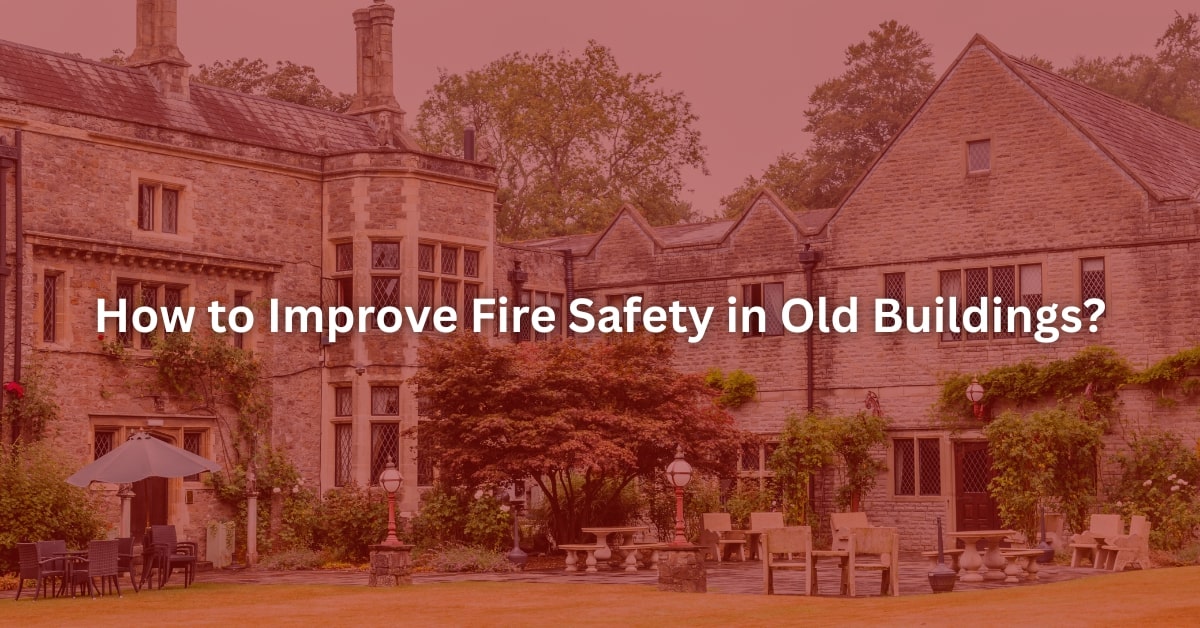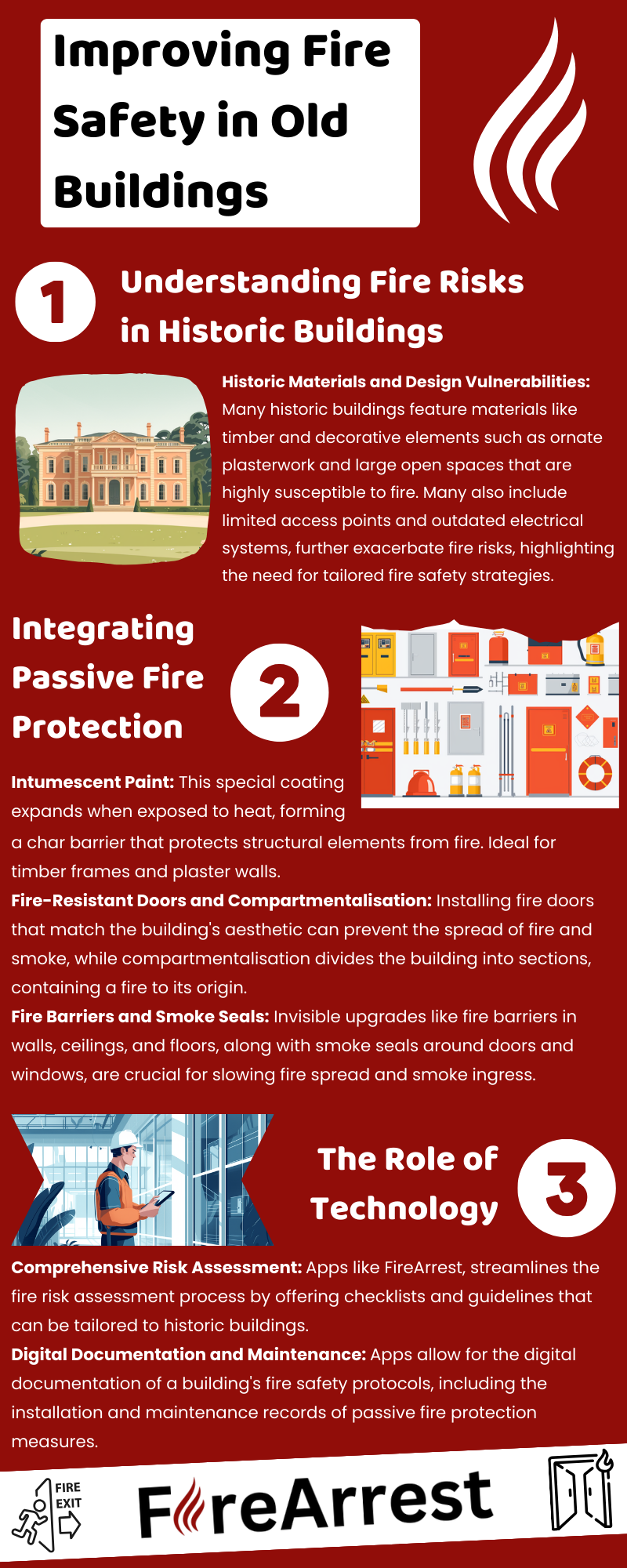The preservation of historic buildings is not just about maintaining architectural beauty; it’s fundamentally about safeguarding our cultural heritage. However, one of the most devastating threats to these irreplaceable structures is fire. The complexity of improving fire safety in old buildings lies not only in the preservation of their historical essence but also in integrating modern fire safety measures that are both effective and respectful of their original construction and design. This article aims to delve deep into how we can enhance fire safety in old buildings, addressing the unique challenges that come with retrofitting them with modern fire safety measures.

1 - Assessment of Current Fire Safety Measures
The first step in enhancing fire safety in historic buildings is a thorough assessment of existing fire safety measures. This evaluation considers the building’s specific needs and vulnerabilities, acknowledging that every historic building has unique architectural features and materials that influence its fire safety requirements. For instance, the presence of ancient timber, large open spaces, or intricate decorative elements can significantly impact how fire spreads and how it can be contained.
Utilising the FireArrest app, professionals can conduct comprehensive fire risk assessments efficiently. You can create a digital checklist and store guidelines tailored to the specific needs and vulnerabilities of historic buildings, ensuring a thorough evaluation process.





